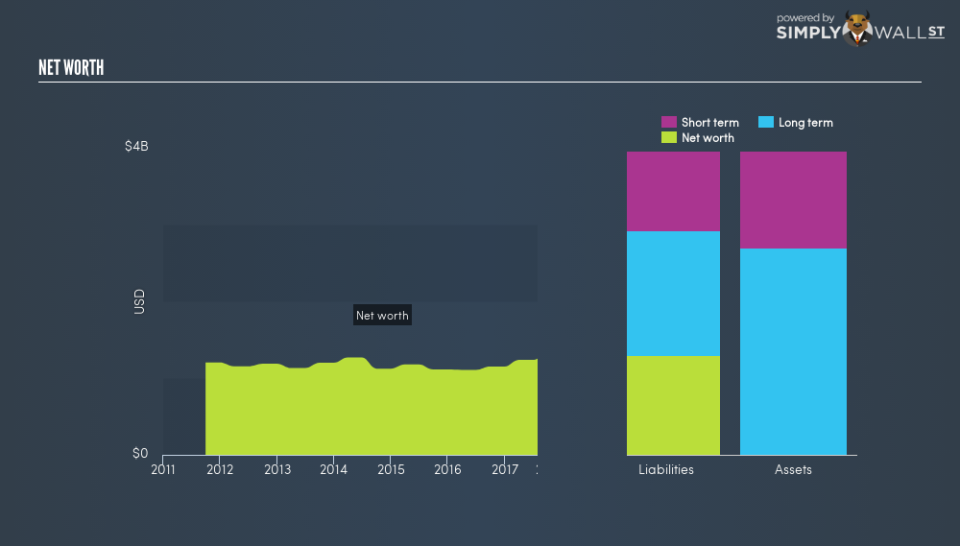Before Investing In Computershare Limited (ASX:CPU), Consider This

Two important questions to ask before you buy Computershare Limited (ASX:CPU) is, how it makes money and how it spends its cash. What is left after investment, determines the value of the stock since this cash flow technically belongs to investors of the company. I’ve analysed below, the health and outlook of CPU’s cash flow, which will help you understand the stock from a cash standpoint. Cash is an important concept to grasp as an investor, as it directly impacts the value of your shares and the future growth potential of your portfolio.
View our latest analysis for Computershare
Is Computershare generating enough cash?
Free cash flow (FCF) is the amount of cash Computershare has left after it pays off its expenses, including its net capital expenditures, which is what the company needs to spend each year to maintain or grow its business operations.
There are two methods I will use to evaluate the quality of Computershare’s FCF: firstly, I will measure its FCF yield relative to the market index yield; secondly, I will examine whether its operating cash flow will continue to grow into the future, which will give us a sense of sustainability.
Free Cash Flow = Operating Cash Flows – Net Capital Expenditure
Free Cash Flow Yield = Free Cash Flow / Enterprise Value
where Enterprise Value = Market Capitalisation + Net Debt
Along with a positive operating cash flow, Computershare also generates a positive free cash flow. However, the yield of 3.58% is not sufficient to compensate for the level of risk investors are taking on. This is because Computershare’s yield is well-below the market yield, in addition to serving higher risk compared to the well-diversified market index.
Does Computershare have a favourable cash flow trend?
Can CPU improve its operating cash production in the future? Let’s take a quick look at the cash flow trend the company is expected to deliver over time. In the next few years, the company is expected to grow its cash from operations at a low single-digit rate of 4.60%, increasing from its current levels of US$478.12m to US$500.12m. Furthermore, breaking down growth into a year on year basis, CPU is able to increase its growth rate each year, from -4.88% next year, to 9.97% in the following year. The overall picture seems encouraging, should capital expenditure levels maintain at an appropriate level.
Next Steps:
The company’s low yield relative to the market index means you are taking on more risk holding the single-stock Computershare as opposed to the diversified market portfolio, and also being compensated for less. Furthermore, its muted operating cash flow growth doesn’t seem appealing. Keep in mind that cash is only one aspect of investment analysis and there are other important fundamentals to assess. You should continue to research Computershare to get a better picture of the company by looking at:
Valuation: What is CPU worth today? Is the stock undervalued, even when its growth outlook is factored into its intrinsic value? The intrinsic value infographic in our free research report helps visualize whether CPU is currently mispriced by the market.
Management Team: An experienced management team on the helm increases our confidence in the business – take a look at who sits on Computershare’s board and the CEO’s back ground.
Other High-Performing Stocks: If you believe you should cushion your portfolio with something less risky, scroll through our free list of these great stocks here.
To help readers see past the short term volatility of the financial market, we aim to bring you a long-term focused research analysis purely driven by fundamental data. Note that our analysis does not factor in the latest price-sensitive company announcements.
The author is an independent contributor and at the time of publication had no position in the stocks mentioned. For errors that warrant correction please contact the editor at editorial-team@simplywallst.com.

 Yahoo Finance
Yahoo Finance 
